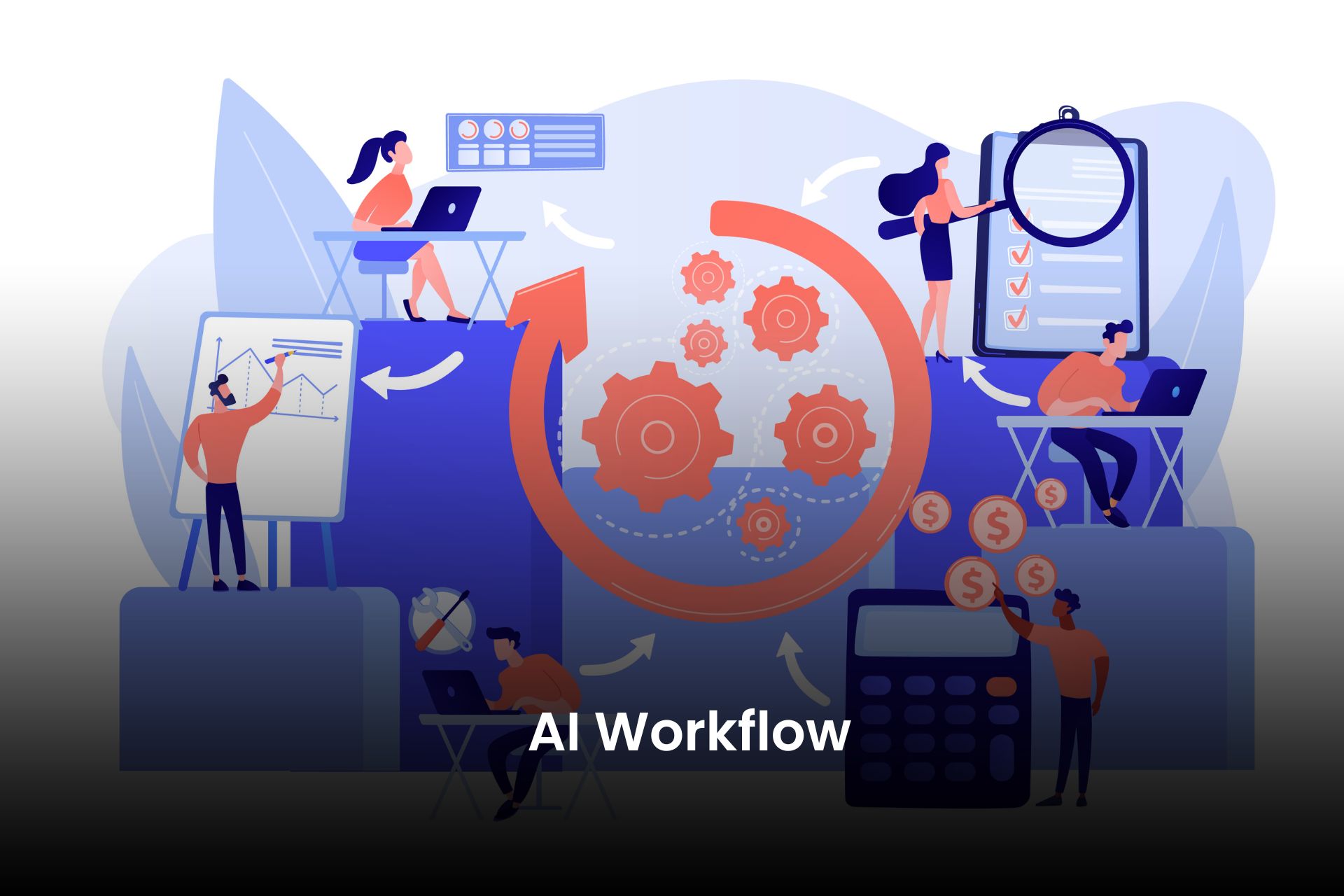What Founders Should Know Before Integrating AI into Products
AI is undeniably ubiquitous today, making its way into almost every new product, pitch deck, and startup. From personalized shopping recommendations to automated customer support, AI promises to revolutionize industries across the board. As a result, many founders feel compelled to integrate AI into their products, sometimes without a clear understanding of its purpose or how it will benefit users. This can lead to the temptation to add AI features simply for the sake of appearing innovative or keeping up with trends. However, the reality is that AI should only be used when it can genuinely solve a real user problem. Its implementation should enhance the user experience rather than complicate it.
AI can indeed add value, but it needs to be purpose-driven and seamlessly integrated. For instance, AI-powered recommendations work well when they align with a user’s preferences and behaviors. But without a clear problem to solve, adding AI can create unnecessary complexity and confusion. Ultimately, the key to successfully using AI is understanding the user’s needs and finding ways in which AI can provide meaningful, context-sensitive solutions. Only then can it truly enhance the product experience and deliver value, rather than just adding a layer of hype.
Start with the problem, not the model

The biggest mistake many founders make is focusing on the AI model first, rather than on understanding the specific user problem they’re trying to solve. Real value comes from identifying the exact task that users struggle with, as this insight directly informs what kind of intelligence your product requires. Here are key points to consider:
- Understand User Pain Points: Before diving into AI, take the time to observe and understand the user experience. Are they wasting time searching for information? Do they get bogged down by repetitive tasks? Identifying these pain points ensures you’re solving a real, tangible problem.
- Align AI with User Needs: Once you know the problem, you can evaluate what type of AI would provide value. Whether it’s natural language processing, machine learning, or automation, the right AI solution should be driven by the user’s needs, not just the latest technology trend.
- Simplify, Don’t Overcomplicate: Sometimes, AI solutions are introduced when simpler approaches might suffice. It’s important to assess whether AI is truly necessary or if a more straightforward solution would be more effective.
- Iterate Based on Feedback: After implementing AI, continuously gather user feedback to ensure the solution is solving the problem in a meaningful way.
In essence, the key is to build AI around the problem, not the model, for real impact.
Check if you have the right data

AI is only as effective as the data it’s built on. Before integrating AI into your product, it’s crucial to assess the data you already have: Is it high-quality? Is it clean and properly structured? Do you have enough data to properly train or tune the AI system?
Many teams rush into AI development without fully understanding the quality or quantity of their data, leading to features that may look impressive in demos but fail when put to the test in real-world scenarios.
To avoid this pitfall, start by auditing your existing data. Look for gaps, inconsistencies, or biases that might skew results. Clean and well-structured data is essential to ensure that the AI learns accurately and performs reliably. If the data isn’t sufficient or lacks diversity, the model will struggle to generalize, leading to poor performance or unreliable outcomes.
Good data isn’t just about quantity it’s about quality. Without a strong data foundation, even the most sophisticated AI algorithms will produce subpar results. Features powered by poor data may appear smart in controlled environments, but when users interact with them, they often fall short. In short, data quality is the cornerstone of AI success. Without it, your AI-powered features won’t feel trustworthy or effective.
Think about privacy and trust from day one

In today’s digital landscape, users are increasingly concerned about how their data is used. They value transparency, control, and security. If your AI feature relies on sensitive information, it’s essential to communicate clearly with your users about what data you’re collecting, why you need it, and how you’re safeguarding it. Providing this clarity helps establish trust, which is the foundation of any successful user experience.
A transparent data policy not only addresses users’ privacy concerns but also empowers them to make informed choices about their interactions with your product. When users understand the value of sharing their data and feel confident that their information is protected, they are more likely to adopt new AI-driven features.
Offering control over their data, such as giving users the ability to review, edit, or delete what they’ve shared, can further strengthen trust. If users feel that they have a say in how their data is handled, they are more likely to engage with your product in a positive, ongoing way.
Ultimately, trust is key to user adoption. By being clear, transparent, and respectful of privacy, you create a stronger relationship with your users, making them more willing to embrace the AI features you offer.
Plan your AI feature like a workflow, not a magic tric

AI is not a magic fix for broken workflows it’s a tool that supports and enhances them. Before jumping into building an AI-driven feature, it’s crucial to first map out how users will interact with it. Understanding the user journey is key to ensuring the AI serves a clear purpose and integrates seamlessly into their existing processes.
Start by identifying where AI can add value. Does it automate a tedious task? Does it provide recommendations or insights that make the workflow more efficient? However, it’s equally important to think about what happens when the AI makes a mistake. How will users react? Will they be able to correct the output, or will the mistake derail their entire process?
Allowing users to guide or adjust the AI’s results is essential. For example, offering manual overrides or feedback loops gives users a sense of control and helps the AI improve over time.
At the end of the day, a smooth user experience is more important than a perfect AI prediction. If the workflow feels intuitive and the AI is positioned as a helpful assistant rather than a rigid decision-maker, users will embrace the feature more readily. Focus on the flow, not just the accuracy, to ensure the AI supports, rather than disrupts, the user experience.
Know the cost of maintenance

AI is not a one-time investment. Unlike traditional software, AI systems require continuous updates, monitoring, and refinement to remain effective. This is because the world around your AI whether it’s user behavior, data, or even market conditions constantly evolves. Models that work well today might become outdated or less effective as new data is collected or as users interact with your system in unforeseen ways.
When developing an AI feature, it’s essential to plan for the long-term. This means budgeting for ongoing costs, not just the initial build. Consider expenses related to retraining models, updating data pipelines, and improving algorithms over time. As your product scales and your user base grows, your AI system will need to adapt to handle more complexity and provide increasingly accurate results.
Additionally, AI models require regular monitoring to ensure they are working as expected and delivering value. Without proper oversight, models can drift or become biased, leading to degraded performance or user dissatisfaction.
By recognizing that AI is a continuous commitment rather than a one-off project, you’ll be better prepared for the costs and work involved. This proactive approach helps you avoid surprises later and ensures that your AI remains valuable and effective as your business and users evolve.
Start small and measure early

You don’t need a massive AI system right from the start. Begin with a single, focused use case that directly solves a clear user problem. This could be something simple, like automating a repetitive task or providing smarter recommendations. Roll it out to a small group of users, gather their feedback, and measure how much time or effort the feature saves them. This initial feedback will help you assess the impact and refine the feature.
If the solution proves effective, you can gradually scale it, adding more capabilities over time based on real user needs. The key is to start small and iterate. A well-executed, focused feature that delivers clear value is more impactful than trying to launch a complex AI system that may not address users’ most pressing issues. Small, steady improvements will lead to stronger, more meaningful AI adoption in the long run.
Focus on user value, not hype

Users aren’t concerned with how advanced or complex your AI model is. What they really care about is how easy your product is to use and how much it helps them get things done more efficiently. If an AI feature genuinely saves time, automates tedious tasks, or makes their experience smoother, it feels meaningful. For example, an AI-driven recommendation that saves users from having to manually search for the right product, or an automation that reduces repetitive steps, can significantly improve their workflow.
On the other hand, when AI is introduced simply as a buzzword or a flashy label, it becomes noise. Users quickly notice when a feature is just for show and doesn’t actually enhance their experience. If the AI doesn’t solve a clear problem or make their work easier, it’s unlikely to be embraced.
Ultimately, it’s not about the sophistication of the AI behind the scenes, but about the tangible benefits it brings to the user. If your AI feature is seamless, intuitive, and helps users accomplish tasks faster, they’ll appreciate it. But if it adds unnecessary complexity without clear value, it will likely be ignored. Focus on making the user experience better, not on impressing with technical prowess.
Conclusion
AI can set your product apart, but only when applied with clarity and purpose. Begin by identifying a real user problem, then ensure you have the right data to support your solution. Build trust with transparency about how data is used and prioritize user control. Design the AI experience thoughtfully, making sure it’s intuitive and enhances the user workflow. When done right, AI isn’t just a buzzword it becomes a powerful tool that delivers real value, helping your product stand out in an increasingly competitive market.

